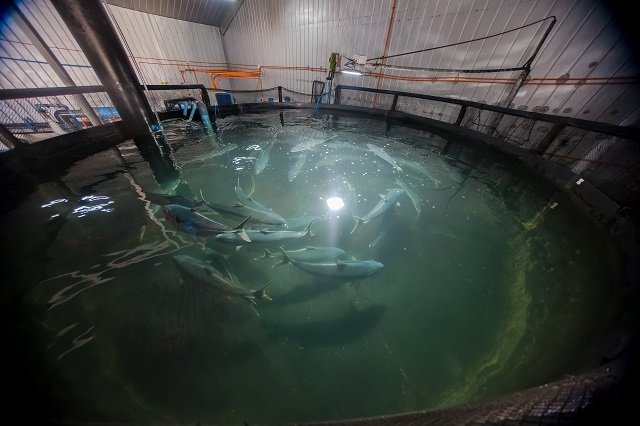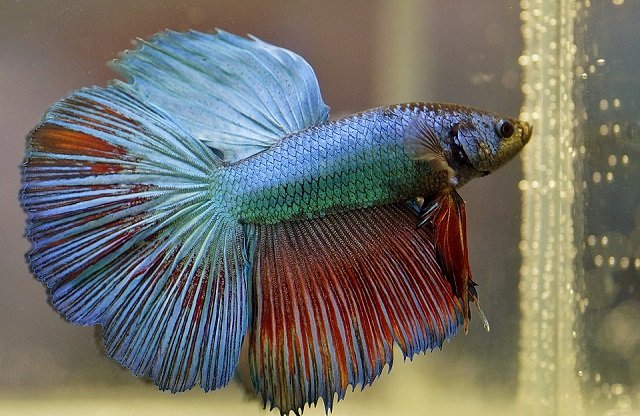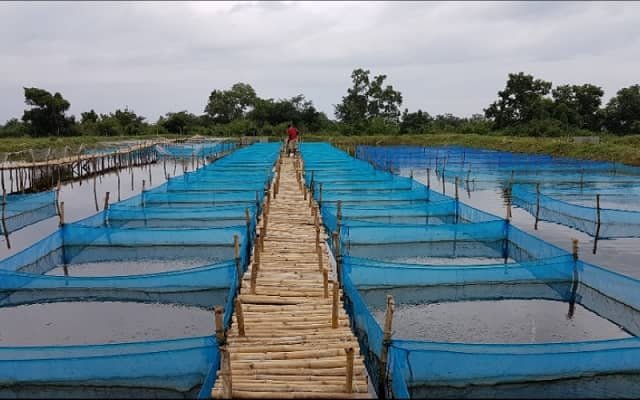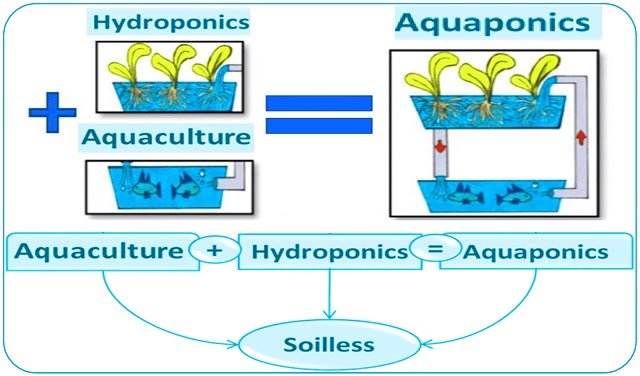
The Yellowtail Kingfish (Seriola lalandi) is one of the species with the greatest potential in global marine aquaculture, valued for its rapid growth and high market price, especially for sashimi. Traditionally farmed in sea cages, the sector is shifting towards a technological alternative: Recirculating Aquaculture Systems (RAS).
A recent and comprehensive scientific review article, published in Reviews in Aquaculture by researchers from the National Institute of Water and Atmospheric Research (NIWA), synthesizes the current knowledge and emerging challenges of this transition, offering a roadmap for the species’ future.
Why farm Yellowtail Kingfish in RAS systems?
Sea cage farming, although predominant, faces serious challenges that limit its expansion. Climatic variability, temperature fluctuations, the risk of diseases from contact with wild populations, and environmental concerns over waste discharge are significant obstacles. These factors not only affect the well-being and growth of the fish but also increase production costs.
In this context, RAS systems emerge as a robust solution. These intensive production platforms offer almost complete control over the farming environment, allowing for:
- Optimizing temperature year-round to maximize growth.
- Increasing biosecurity, drastically reducing the risk of external pathogens such as parasites common in cages.
- Local production in regions where the species is not native, such as Europe, meeting the demand for fresh, sustainable products and competing with frozen fish imports.
Despite higher initial investment and operational costs, the ability of RAS to achieve high farming densities and improve survival and feed conversion rates is tipping the scales in its favor.
Advances and challenges from egg to harvest
The report highlights that, while S. lalandi production in RAS is increasingly viable, critical bottlenecks still exist that must be addressed to ensure long-term profitability and sustainability.
Closing the cycle: reproduction and larviculture
A reliable supply of juveniles is the foundation of the entire operation. Significant progress has been made in domesticating broodstock and inducing out-of-season spawning through photoperiod and temperature manipulation. This allows for continuous egg production throughout the year.
However, the larviculture phase remains the main Achilles’ heel. The main challenges are:
Stay Always Informed
Join our communities to instantly receive the most important news, reports, and analysis from the aquaculture industry.
- Low larval survival: Despite improvements, survival rates in commercial hatcheries remain variable, often below 15%. Two critical mortality events are identified: the first during the transition to external feeding (3-4 days post-hatch) and the second due to cannibalism arising from size heterogeneity (starting from 12 days).
- High incidence of deformities: Deformities of the jaw, operculum, and vertebral column are a persistent problem, affecting up to 70% of juveniles in some cases and causing significant economic losses. The causes are multifactorial, including broodstock nutrition, vitamin deficiencies, and genetics.
Nutrition: the engine of growth in RAS
Feeding is key, not only for the fish’s growth but also for the stability of the entire RAS. The study underscores the need for diets specifically formulated for this species and system.
It has been determined that digestible protein requirements vary with size, ranging from 46.5% for juveniles to 37% for fish over 2 kg. The major challenge is to reduce dependence on fishmeal and fish oil. However, S. lalandi shows limited tolerance to plant-based ingredients. For example, soybean meal (SBM) levels above 10% can already reduce growth and digestibility.
A crucial aspect in RAS is feces quality. Diets with high starch content, common in plant-based ingredients, produce diarrheal-like and unstable feces that disintegrate easily, clog filters, and complicate solids management. Research is now focused on optimizing formulations with alternative ingredients like poultry meal (PM) and non-starch carbohydrate sources to improve both fish nutrition and the efficiency of the filtration system.
Physiology and welfare: is the fish made for RAS?
Fortunately, S. lalandi possesses physiological traits that make it very suitable for intensive farming in RAS. The species demonstrates remarkable resilience to:
- High CO2 levels: It shows a great capacity to compensate for hypercapnia (excess CO2 in the blood), a common problem in high-density tanks.
- Oxygen levels: Although it has a high oxygen demand due to its active nature, it can tolerate moderate hypoxia and adapts well to hyperoxia (O2 supplementation), which can even improve its cardiorespiratory capacity.
- Handling and stress: It recovers quickly from stressful events like transport or handling.
The optimal temperature range for its metabolism and growth is between 20°C and 26.5°C, a parameter that RAS can keep stable, eliminating the “winter syndrome” that affects fish in cages.
Genetics: designing the kingfish of the future
Genetics is one of the most promising areas. Thanks to the development of genomic tools like SNP markers, much progress has been made in broodstock selection. Studies in Australia and New Zealand have shown that traits like weight and length have moderate to high heritability, indicating great potential for genetic improvement.
However, there is an unfavorable genetic correlation between rapid growth and a higher incidence of deformities. This means that breeding programs must include the absence of deformities as a key selection trait to avoid worsening the problem when selecting for larger fish.
A look to the future: economic viability and sustainability
The report is clear: the economic viability of farming S. lalandi in RAS depends on efficiency and scale. High investment and energy costs demand high productivity. Estimates suggest that yields exceeding 50-80 kg/m³ are needed to achieve profitability.
The good news is that these figures are already achievable in advanced commercial operations, which report survival rates above 90% and feed conversion ratios (FCR) between 1.5 and 1.8.
The future of Seriola lalandi production in RAS is promising but requires an integrated approach. It is essential to continue research to optimize larval nutrition, develop sustainable diets that do not compromise feces quality, refine genetic selection programs, and improve the energy efficiency of the systems. Only then can the Yellowtail Kingfish be consolidated as a success story in state-of-the-art land-based aquaculture.
Contact
Alexander Chong Shu-Chien
Northland Aquaculture Centre, National Institute of Water and Atmospheric Research (NIWA)
Ruakaka, New Zealand
Email: alex.chong@niwa.co.nz
Reference (open access)
Shu-Chien, A. C., Setiawan, A., Camara, M., Wilson, C., Forsythe, A., Pether, S., McQueen, D., Irvine, G., & Gublin, Y. (2025). A Review of Seriola lalandi Aquaculture With a Focus on Recirculating Aquaculture Systems: Synthesis of Existing Research and Emerging Challenges. Reviews in Aquaculture, 17(4), e70059. https://doi.org/10.1111/raq.70059
Editor at the digital magazine AquaHoy. He holds a degree in Aquaculture Biology from the National University of Santa (UNS) and a Master’s degree in Science and Innovation Management from the Polytechnic University of Valencia, with postgraduate diplomas in Business Innovation and Innovation Management. He possesses extensive experience in the aquaculture and fisheries sector, having led the Fisheries Innovation Unit of the National Program for Innovation in Fisheries and Aquaculture (PNIPA). He has served as a senior consultant in technology watch, an innovation project formulator and advisor, and a lecturer at UNS. He is a member of the Peruvian College of Biologists and was recognized by the World Aquaculture Society (WAS) in 2016 for his contribution to aquaculture.




